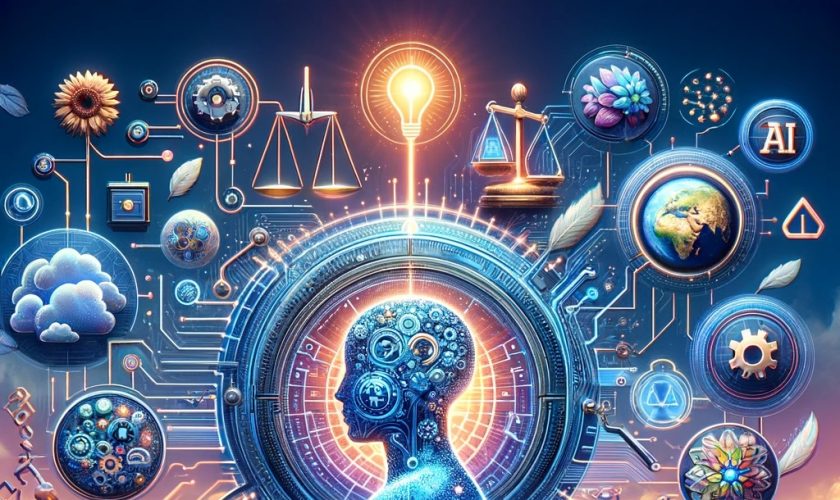We are living through the most transformative era in engineering history. Artificial intelligence—once the domain of research labs and specialized applications—now sits at the core of how systems, products, and organizations are built and operated. For engineers, this brings both exhilaration and deep uncertainty. As intelligent machines automate everything from code review to decision-making, the very foundations of engineering practice are being redefined.
It is natural to feel anxiety or fear as new technologies challenge traditional roles and skills. But focusing only on what may be lost risks overlooking a far greater opportunity: to redefine what it means to engineer in the age of intelligent machines. This is not just about surviving disruption, but about thriving—by developing new ways of thinking, learning, and leading.
This book is your guide to navigating and shaping this new landscape. You’ll discover practical frameworks for thriving amid uncertainty, strategies for rapid learning and upskilling, and a modern mindset for collaborating with AI without losing your edge. You’ll learn how to move beyond basic automation and become an orchestrator—integrating technology, context, and purpose to solve problems that truly matter.
At the heart of this new approach is the concept of the Human Stack—a layered model capturing where engineers create enduring value in the AI era.
From context engineering and system integration, to oversight, ethics, and vision, the Human Stack highlights the roles where judgment, creativity, and leadership remain irreplaceable. In this book, you’ll see how mastering these layers is essential not just for your relevance, but for the positive impact you can have on your teams, organizations, and the world.
What will you find inside?
- Step-by-step strategies for adapting to AI-driven change and building future-proof skills
- Deep dives into the mindset, habits, and collaborative models that define the new engineer
- Actionable frameworks for orchestrating complex workflows, including the principles of prompt engineering, multi-agent collaboration, and continuous learning
- A full-length, real-world case study: transforming the Software Development Lifecycle (SDLC) using Agentic AI, including the design and governance of advanced orchestration, integration of protocols like the Model Context Protocol (MCP), and best practices for scaling responsible automation in production
- Insight into emerging roles, ethical standards, and the opportunities that come with being a technical leader and orchestrator in the AI era
This book goes beyond theory, providing actionable playbooks, architectures, and checklists that you can apply immediately—whether you’re a hands-on engineer, a technical leader, or a strategist guiding your organization’s AI journey.
This is the engineer’s moment of truth. Those who cling to old certainties will watch the future pass them by. But those who embrace uncertainty, see opportunity where others see risk, and learn to orchestrate rather than just automate, will define the next era of progress.
The age of intelligent machines is not a threat—it is the greatest opportunity ever handed to engineers. The path ahead may be uncertain, but it is within this uncertainty that invention—and true leadership—are born.
Having gone through various waves of technology transformation over the past two decades—from my first project on mainframe modernization, where decades-old business logic was translated into new architectures, to now embracing the opportunities and challenges of Gen AI—I’ve witnessed firsthand both the excitement and uncertainty that each new era brings. I see a lot of confusion and anxiety across the engineering community about which skills to develop, what roles to pursue, and how to stay relevant as technology evolves. If I can help clarify this path, provide a practical roadmap, and instill a sense of purpose and confidence, then this book will have achieved its mission.
This book distills those lessons and provides the strategies, mindsets, and examples that will empower you to make your mark—no matter where you are in your journey.
Welcome to your new mindset.
Get your copy of the book at – https://amzn.to/43CnItq














